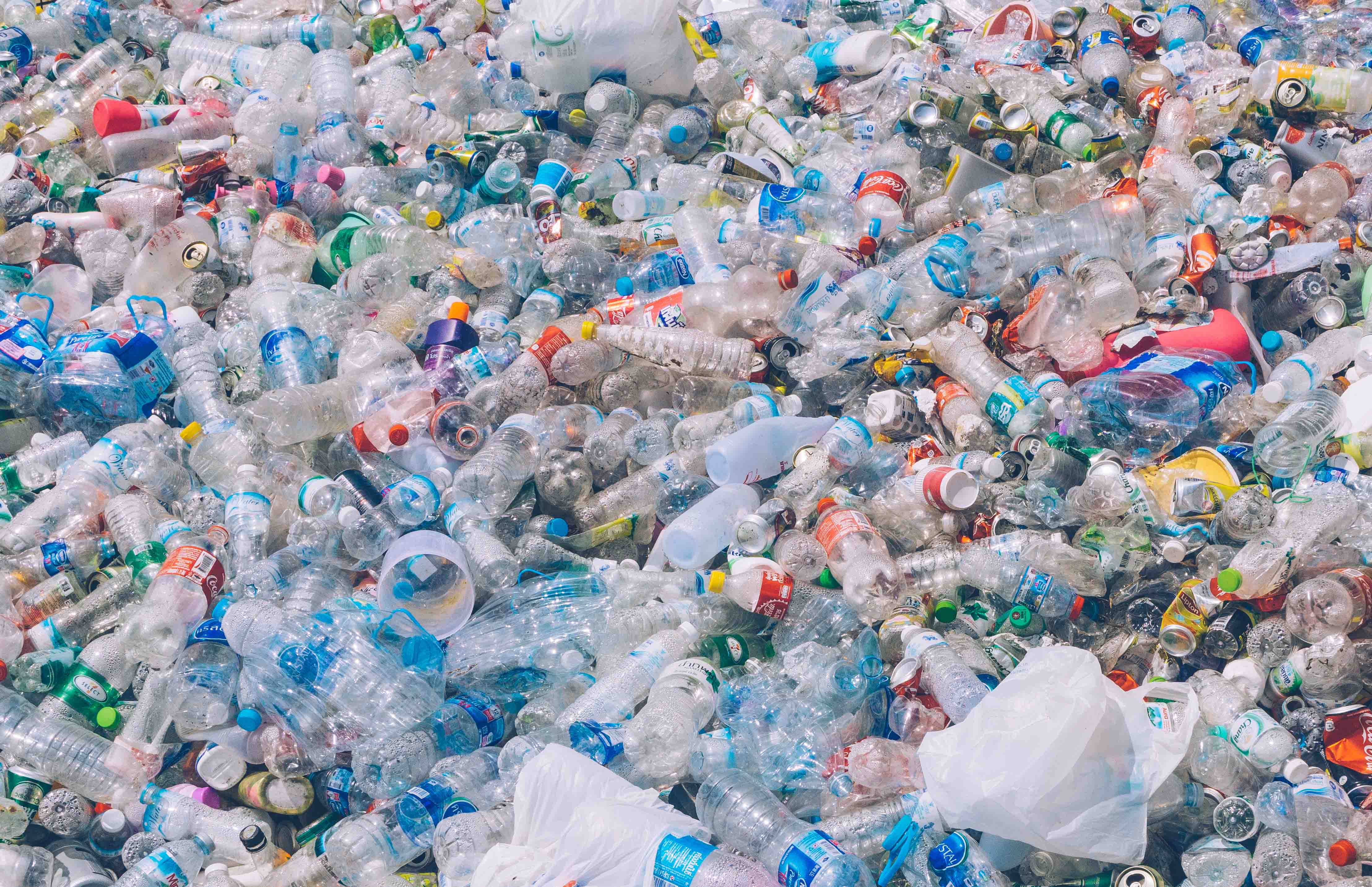A new type of self-eating plastic could revolutionize the industry and cut down on plastic waste drastically. The new plastic was created by researchers who detailed their results in a new study featured in Nature Communications. According to their study, the new technique is potentially scalable and would open up new ways to dispose of unrecyclable TPUs.
TPU, or thermoplastic polyurethane, is a tough type of plastic that we normally use in things like phone cases, car parts, and shoes. The plastic is so tough that it cannot be recycled currently. But this development could soon change that.
That’s because the new technique the researchers have created allows for the TPU to become self-eating plastic. To accomplish such a feat, the researchers tried embedding spores of Bacillus subtilis, a plastic-eating bacteria, into the TPUs. Ideally, the researchers say you’d still be able to use these plastic products as intended, but then they’d start breaking them when they reached the landfill or natural environments.
Unfortunately, there are some big issues to overcome here, including the fact that the heat used to form most plastics would kill off the spores if they were already embedded in the plastic. To combat this, the researchers genetically engineered the microbes to survive intense heat. They found that between 95 and 100 percent of the edited spores were able to survive temperatures of 135 degrees Celsius.
From there, they tried testing how the self-eating plastic would break down. The process was triggered by nutrients and moisture in the soil in which the plastics were placed. At concentrations of up to one percent of the plastic’s weight, the bacteria was able to break down over 90 percent of the material within five months of being buried.
That’s very impressive, considering TPUs don’t really break down much at all in their standard setup. Of course, it remains to be seen if this is a scalable thing, or if the goods will even stay as useful when the spores are embedded in them and actually being used out in the real world. That’s something the researchers will need to figure out before production can continue.

